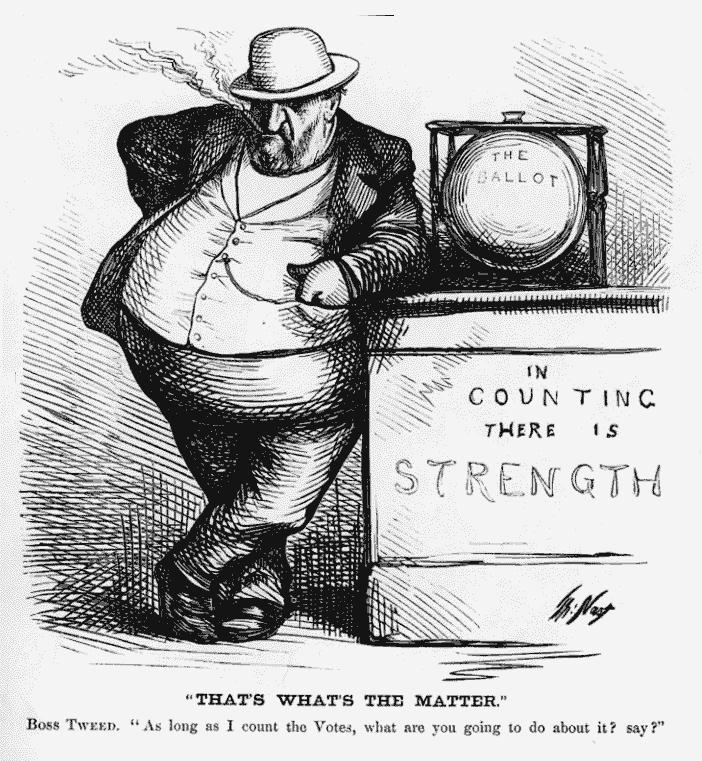
Deducción Especial por Impuestos Sobre la Venta para Compras de Vehículos Disponible hasta Fin del 2009 | |
|
Continuar ->
Esteban Martínez
Tax Office
We will keep you informed of the latest news.

Deducción Especial por Impuestos Sobre la Venta para Compras de Vehículos Disponible hasta Fin del 2009 | |
|

IRS Reminds Car Shoppers about 2009 Tax Break | |
|

First-Time Homebuyer Credit Extended to April 30, 2010; Some Current Homeowners Now Also Qualify | |
|

Se Extiende Crédito de Primeros Compradores de Vivienda Hasta el 30 de abril de 2010; Algunos Dueños Actuales de Vivienda Ahora También Califican | |
|

Expanden Beneficio Tributario Disponible para Primeros Compradores de Viviendas para 2009 | |
|

 Arizona Man Sentenced to Prison for Preparing Fraudulent Tax Returns
Arizona Man Sentenced to Prison for Preparing Fraudulent Tax Returns Verizon Wireless Doing Its Best To Strangle SMS Content
Verizon Wireless Doing Its Best To Strangle SMS Content
The California law covers qualified debt forgiven in 2007 and 2008, and it:
The federal law covers qualified debt forgiven from 2007 through 2012,1 and it:
If you already filed your 2007 tax return, file a Form 540X, Amended Individual Income Tax Return, in order to claim debt relief.
If the amount of debt relief for federal purposes is more than the California limit, include the amount in excess of the California limit on Schedule CA (540/540NR) line 21f, column (C).
If the amount of debt relief for federal purposes is the same as the California limit, no adjustment is necessary on Schedule CA (540/540NR). On Form 540X, simply enter on line 2e, column (B), the amount originally entered on Schedule CA (540/540NR) line 21f, column (C).
You can file for debt relief on your original 2007 or 2008 Form 540, California Resident Income Tax Return, or Form 540NR, California Nonresident or Part-Year Resident Income Tax Return.
If the amount of debt relief for federal purposes is more than the California limit, include the amount in excess of the California limit on Schedule CA (540/540NR) line 21f, column (C).
If the amount of debt relief for federal purposes is the same as the California limit, then no adjustment is necessary on Schedule CA (540/540NR).
You must include a copy of your federal return, including Form 982, Reduction of Tax Attributes Due to Discharge of Indebtedness (and Section 1082 Basis Adjustment) with your original California tax return.
 October 15 Deadline Nears; Don’t Let Stimulus Payment Pass You by
October 15 Deadline Nears; Don’t Let Stimulus Payment Pass You by Tax Credit to Aid First-Time Homebuyers; Must Be Repaid Over 15 Years
Tax Credit to Aid First-Time Homebuyers; Must Be Repaid Over 15 Years People Can Avoid Common Errors that Delay Stimulus Payments
People Can Avoid Common Errors that Delay Stimulus Payments Nicolas Cage Settles with IRS
Nicolas Cage Settles with IRS Is Your Hobby a For-Profit Endeavor?
Is Your Hobby a For-Profit Endeavor?